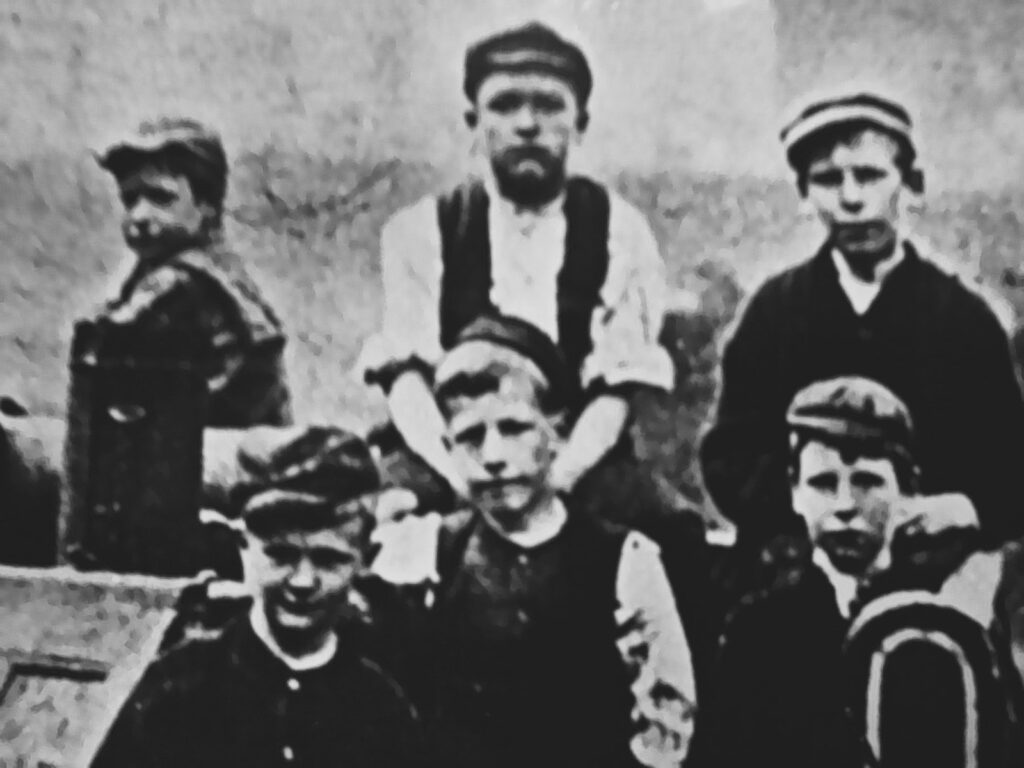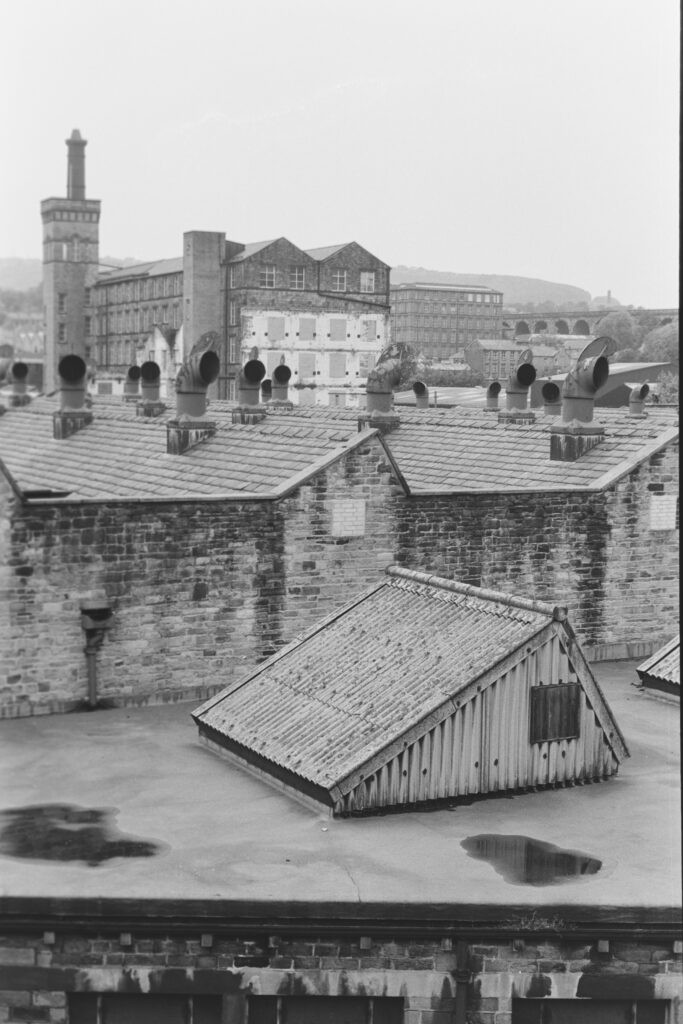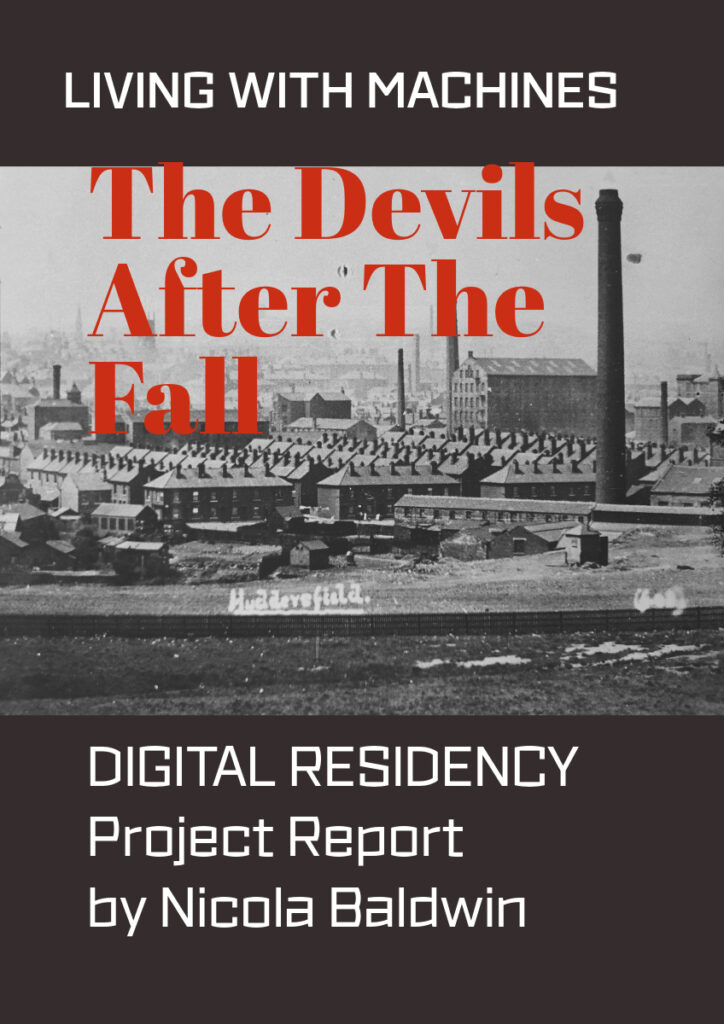LwM Digital Residency: Learning from Pandemonium
I’m from Huddersfield, a town shaped by industrial revolution, which bred my lifelong curiosity with its history. Working with crowdsourced accident data of newspaper reports, in collaboration with composer Louis Milner, ‘Learning Pandemonium’ sought to examine the onset of the machine age in Yorkshire and Lancashire from a human perspective. How did individuals and organisations process new categories of man-made threat? What coinage or repurposing of language described unprecedented incidents? What ‘dialogue’ emerged between lived experience and public discourse?
Neither Louis nor I had experience of datasets this size. I was grateful for Ruth Ahnert, Mia Ridge, and Kaspar Beelen helping us see that navigating the data was the first stage of using it. We extracted 142 chronological articles from almost 4000. Our selection spanned 1835-1900 and referenced at least one named individual. Louis and I separately reviewed articles for music/sound, and text/voice. Certain things stood out. The naming of industrial boilers as ‘Devils’. Victim blaming, as when a deceased child was ‘observed playing with the straps of the machinery that morning’ and litany of Accidental Death verdicts. How young many victims were. The focus on costs to owners of machinery damaged or stopped by accidents. Injury descriptions with vivid visceral detail.

I found my own method of switching between data and narrative to be… exactly how I normally work: seeing shape, exploring detail to correlate or complicate story. Data science is a gift for dramatists. Allowing us to think creatively, minimising slog. This fulfils the promise of AI as a tool. And yet, isn’t doing the bit I like and getting rid of the bit I don’t like what mill owners or Hollywood producers who love deals and sales but hate paying skilled workers, do? Does technology democratise creativity? Or erase the traces of humanity by removing the time and effort through which humans learn?

If we’d expected it to be hard to organise material, the shape was clear. An initial scramble to cope with the arrival of the ‘Devils’ and their carnage. Limbs shredded, faces flayed, heads crushed, bodies dragged through machines. An engineer describes the ‘elasticity’ and ‘explosive power’ of pent steam forced through new machines; reporters’ language seems similarly stressed in response. In 1848, scales tip, with extended coverage of a landmark inquest into the death of six men and youths and 3 children, at Thomas Riley’s mill. His ‘Accident’ verdict is contested, and newspapers report court proceedings at length. Lawyers, witnesses at the mill, workers who quit in fear of accident; we hear from engineers who patched the faulty boiler and warned of its dangers, the coroner, jury foreman. Bigger questions arise, why do some mill owners still use children to clear blockages while others adopt self-cleaning machines? Thomas Riley is found guilty of gross negligence.
Over time, conflicts over liability increase. Some Devils quit Pandemonium to seek new hosts as British markets flatten and owners complain of workers’ ‘unreasonable demands’, such as 9 days off a year or pennies on wages. We hear of tea plantations sewn in British colonies in India; lectures on prospects in East Asia; a letter compares profitability of industrial machinery in the Northern states of America to the South’s ‘machinery’ of transported African slaves.
The leisured classes begin dying from consumer tragedies of the machine age; bicycle and railway accidents proliferate. Meanwhile, industrial workers still perish under moving machines because no one tells them this is now illegal. News, itself a burgeoning industry, travels faster and further, with fatal head injuries to champion racing cyclists and celebrated balloonists, deaths in the construction of the Paris exhibition and Monsieur Eiffel’s Tower. Wealthy American adventurer Mr L. L. Crocker’s naphtha-powered flying machine explodes, killing his ‘lady friend’ and 3 of his children – closer to modern clickbait than earlier accident reports. Towards the end of our dataset, mill owner Titus Salt and his wife welcome local dignitaries to their school, where mill children read, write, calculate, draw, and dance.

Our original plan was a drama for 3 actors. In the end, we let the texts loose. Louis’ score encompasses machine and human instruments and sounds; I crowdsource interpretation of texts with actors Becky Simon, Jamie Jenkins, Jonny Wright, Robin Simpson, Peter Clements, Helen Sheals recording remotely. This process reflects the data and enables future upscaling towards the dataset’s monumental stature, such as a longer live performance, or durational installation for museum, venue or site-specific environment.
Throughout this residency, AI was the ghost in the machine. Enabling productivity and threatening livelihoods. The Writers Guild of America recently settled its action against US producers, and I’m struck that, between our first accident involving young Isaac Hartley, and prosecution of Thomas Riley, is about 12 years. A similar time lag as Netflix’ introduction of streaming on demand buttons for TV to the coordinated writers and actors’ strikes in 2023 against digital streamers. I’m not claiming equivalence between child labourers being maimed and screenwriters’ careers. Simply that machines and automation will always move faster and spread faster than humans can organise. And yet, as this dataset shows, humans do organise, and where we outstrip machines is through personal communication based on our shared experiences. Humans can weather new industrial revolutions like we weathered the last, by becoming more human. Finding new ways to connect, communicate and work together. I feel proud and privileged to be a small human part of Living With Machines.
The film of ‘Learning Pandemonium’ will be completed in early November.

